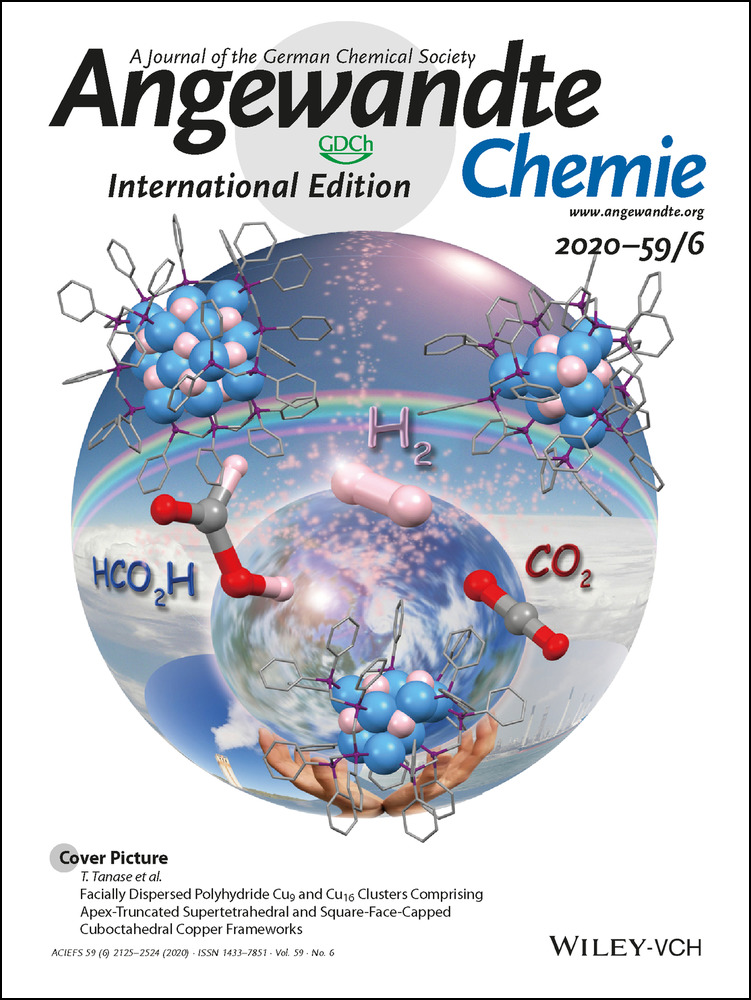Controllable Synthesis of Multicompartmental Particles Using 3D Microfluidics
Graphical Abstract
A microfluidic device, consisting of a microfluidic chip and capillary, was developed to produce multicompartmental particles. By adjusting various parameters of the device, the size of the particles and the number of different compartments within the particle could be varied. These were used to encapsulate magnetic beads, fluorescent nanoparticles, and cells.
Abstract
A microfluidic assembly method based on a microfluidic chip and capillary device was developed to create multicompartmental particles. The microfluidic chip design endows the particles with regulable internal structure. By adjusting the microstructure of the chip, the diameter of the capillary, the gap length between the two microfluidic components, and the flow rates, the size of the particles and the number or the ratio of different regions within the particle could be widely varied. As a proof of concept, we have produced some complicated particles that even contain 20 compartments. Furthermore, the potential applications of the anisotropic particles are explored by encapsulating magnetic beads, fluorescent nanoparticles, and the cells into different compartments of the microparticles. We believe that this method will open new avenues for the design and application of multicompartmental particles.





